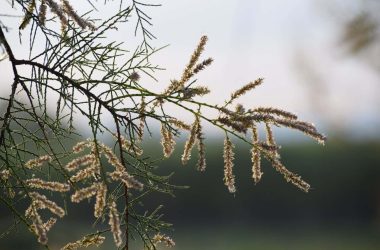Introduction
A conservation group is embarking on a rewilding project to release 2000 southern white rhinos in Africa. These rhinos, representing around 15% of the total population, were mostly captive-bred. The project aims to restore balance to ecosystems, store carbon, and generate tourism revenue for local communities.
The Rhinos of John Hume
These rhinos were raised on an 8500-hectare ranch in northern South Africa owned by businessman John Hume. Hume had trimmed the horns off his live animals in anticipation of legalizing the international trade in rhino horn. However, when this did not happen, he decided to sell his farm. African Parks (AP), a prominent conservation group, recently acquired Hume’s rhino project, which is widely regarded as one of the most successful breeding programs for a threatened species.
African Parks (AP) considers the rehoming of these rhinos to be one of the largest rewilding endeavors in Africa. The organization believes that reintroducing these rhinos will contribute positively to ecosystems, provide nutrient cycling, store carbon, and boost tourism.
The Importance of Private Owners
Private owners, like John Hume, play a crucial role in protecting and expanding the southern white rhino population. South Africa currently has 12,968 white rhinos, with more than 80% of them on private land. However, the rising threat of poaching has increased the cost of protecting these animals.
Hayley Clements, an expert from Stellenbosch University, emphasizes the need for well-managed parks to prevent the rhinos from being poached. As the cost of conservation rises, some owners might view rhinos as liabilities rather than assets.
Rewilding and Release
The rewilding process involves relocating the rhinos to suitable habitats with adequate protection and grazing. African Parks (AP) plans to move approximately 300 animals each year to various parks across Africa. Their vision is to establish strategic populations and supplement existing ones. In June, AP successfully moved 16 white rhinos from a private game reserve in South Africa to Garamba National Park in the Democratic Republic of the Congo. Garamba, previously home to the northern white rhino subspecies, is now being populated by southern white rhinos.
Conclusion
The rewilding initiative of releasing 2000 white rhinos across Africa is a significant step towards conserving and protecting this endangered species. By restoring rhinos to their natural habitats, maintaining well-managed parks, and involving local communities, African Parks (AP) strives to secure a future for these iconic animals.








